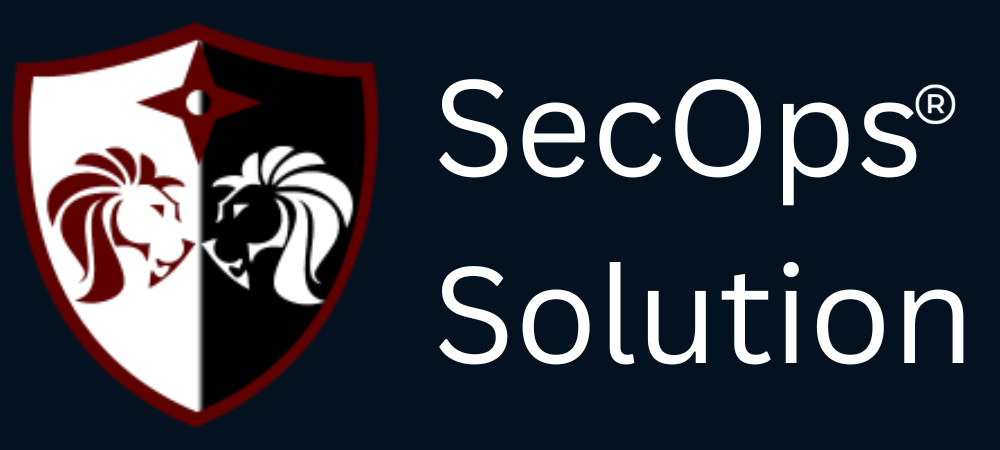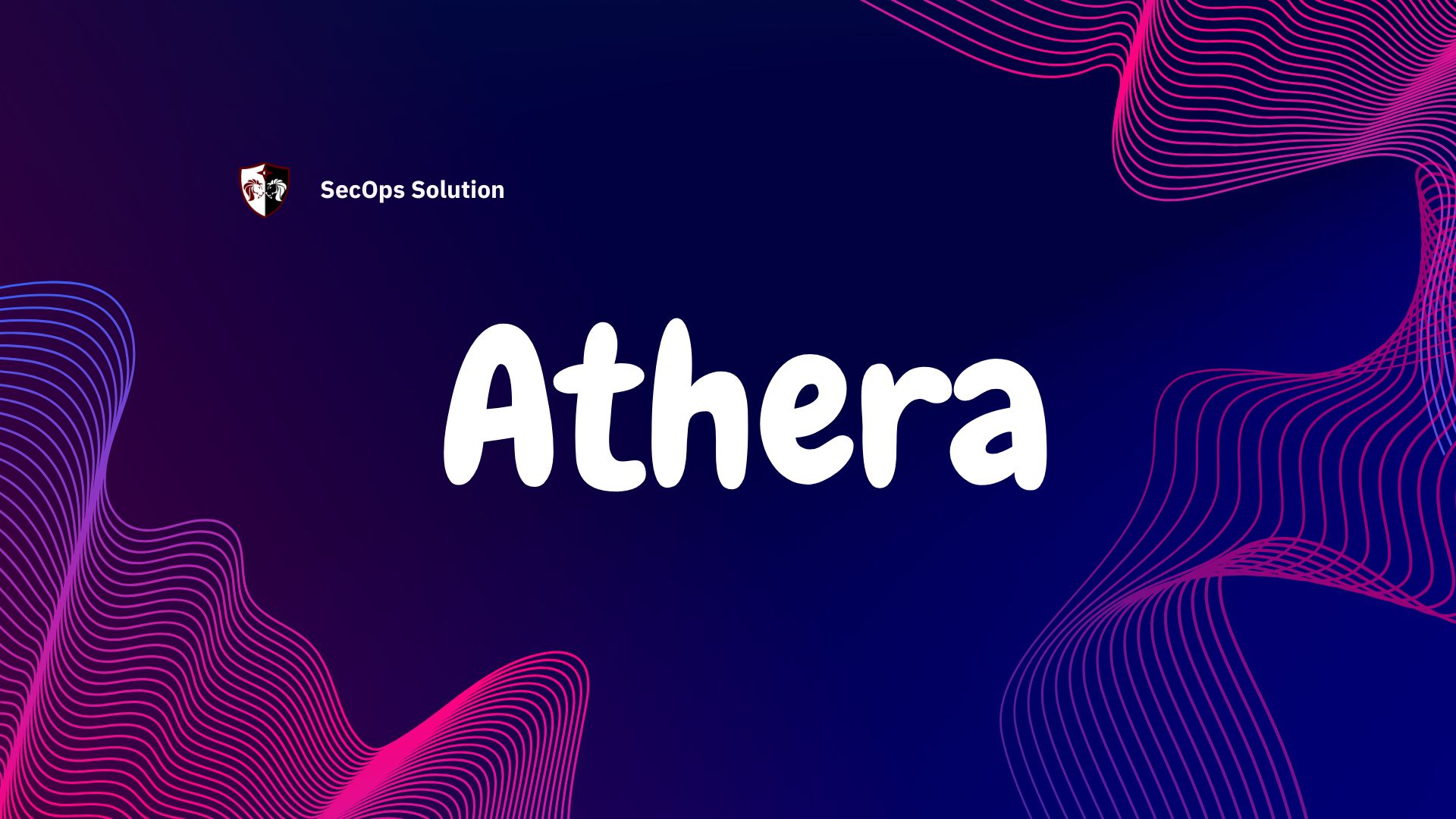
Agentless security for your infrastructure and applications - to build faster, more securely and in a fraction of the operational cost of other solutions

hello@secopsolution.com

The cybersecurity landscape moves fast — new exploit techniques, vulnerable third-party components, misconfigured cloud services, and targeted phishing campaigns pop up every week. Staying secure today means more than reacting to incidents; it means building a posture that anticipates, detects, and neutralizes threats before they escalate. That’s where Athera comes in.
In this deep-dive, we’ll walk through how Athera empowers teams to stay ahead of emerging threats: the capabilities it brings, how those map to real-world risk reduction, and practical ways to get the most value from the platform.
Athera is built around solving these three problems: continuous visibility, fast detection, and prioritized, automated response.
Athera continuously discovers the assets that matter — on-prem hosts, cloud instances, containers, web apps, APIs, and even IoT devices. Rather than a single point-in-time scan, it maps your attack surface constantly so you don’t get blindsided by newly provisioned or forgotten assets.
Why that matters: attackers look for forgotten or misconfigured assets. Continuous discovery ensures you find and secure them first.
Not all vulnerabilities are equal. Athera combines vulnerability data with real-time threat intelligence (exploit trends, active malware campaigns, and attacker TTPs) to score and prioritize issues based on how likely they are to be exploited — and what impact they’d have on your environment.
Why that matters: saves scarce engineering time by focusing remediation on the vulnerabilities most likely to be used in the wild against your technology stack.
Athera shifts vulnerability management from CVE-centric checklists to risk-focused remediation. It correlates vulnerabilities to asset criticality, business context, threat intelligence, and exploitability to produce a prioritized action list your team can follow.
Why that matters: reduces mean time to remediation (MTTR) for high-risk issues and prevents wasted effort on low-impact noise.
Athera monitors for suspicious activity and indicators of compromise across logs, network telemetry, endpoint signals, and cloud events. When it detects anomalous behavior or known malicious indicators, it raises high-fidelity alerts and supplies the relevant context for investigation.
Why that matters: early detection is the difference between a contained incident and a costly breach.
Athera includes external scanning and monitoring to find exposed assets, misconfigured services, forgotten subdomains, and leaked credentials. It can identify elements attackers find from the outside before they’re abused.
Why that matters: your external footprint is the first thing attackers see. Fixing exposures reduces your visibility as a target.
Athera understands modern infrastructure: it inspects cloud configurations, container images, and orchestration platforms for lens-specific risks — from open S3 buckets and permissive IAM policies to known vulnerable container layers.
Why that matters: cloud misconfigurations and container vulnerabilities are frequent causes of fast-moving breaches.
Athera integrates with SIEMs, SOAR, ticketing systems, cloud providers, and DevOps toolchains. This enables security to be embedded across the organization — from developers to ops — with context flowing to the right team at the right time.
Why that matters: security that can’t connect to your existing tools creates friction. Integrations make fixes faster and reduce manual handoffs.
Pre-built compliance reports and evidence collection make audits less painful. Athera maps controls to frameworks (PCI, ISO, SOC 2, GDPR, etc.) and shows the remediation status in an executive-friendly dashboard.
Why that matters: simplifies regulator and customer demands without losing focus on real security.
This cycle runs continuously so your posture improves iteratively, not just after periodic scans.
In today’s world, being reactive isn’t enough. The organizations that stay secure are the ones that reduce uncertainly: they continuously see what they own, understand which weaknesses attackers will actually exploit, and move quickly to fix the right issues. Athera is designed to be that force multiplier — combining discovery, intelligence, automation, and operational integration to keep you steps ahead of emerging threats.
If you’re ready to move from vulnerability noise to prioritized action — and from manual firefighting to automated, contextual defense — Athera provides the platform and workflows to make it happen.
SecOps Solution is an agentless patch and vulnerability management platform that helps organizations quickly remediate security risks across operating systems and third-party applications, both on-prem and remote.
Contact us to learn more.